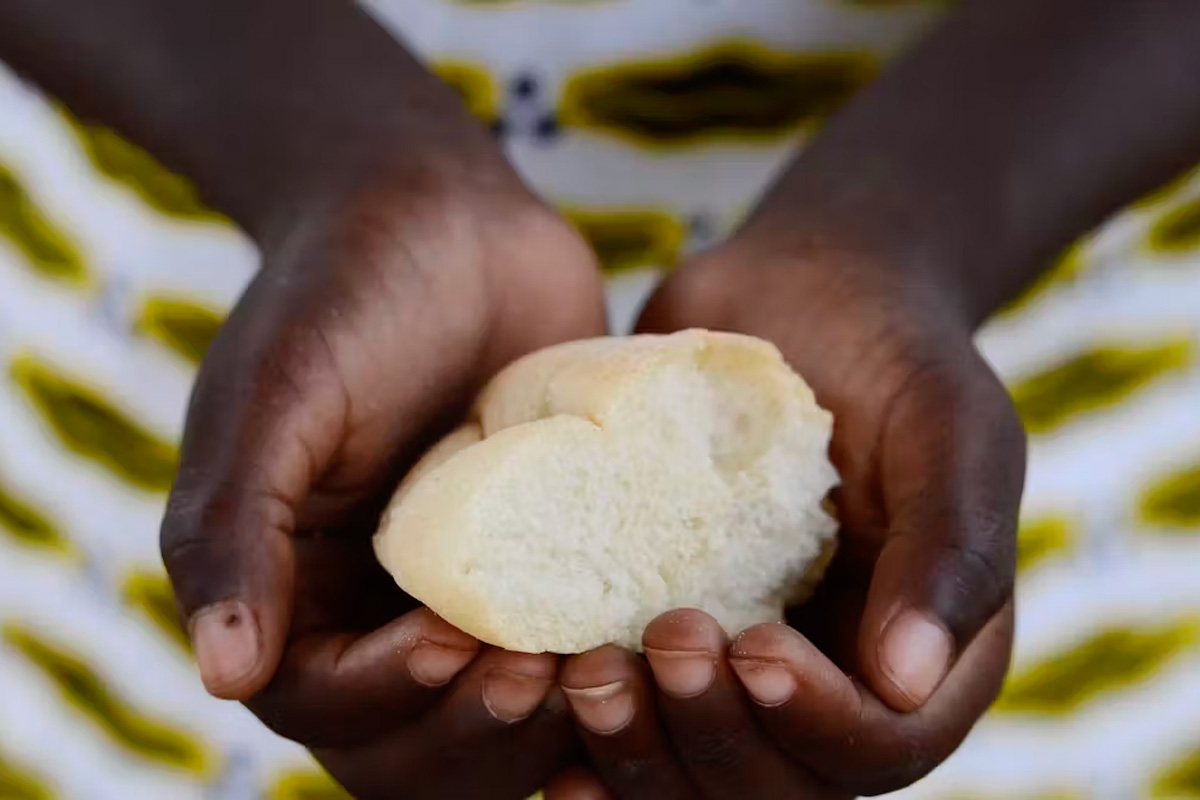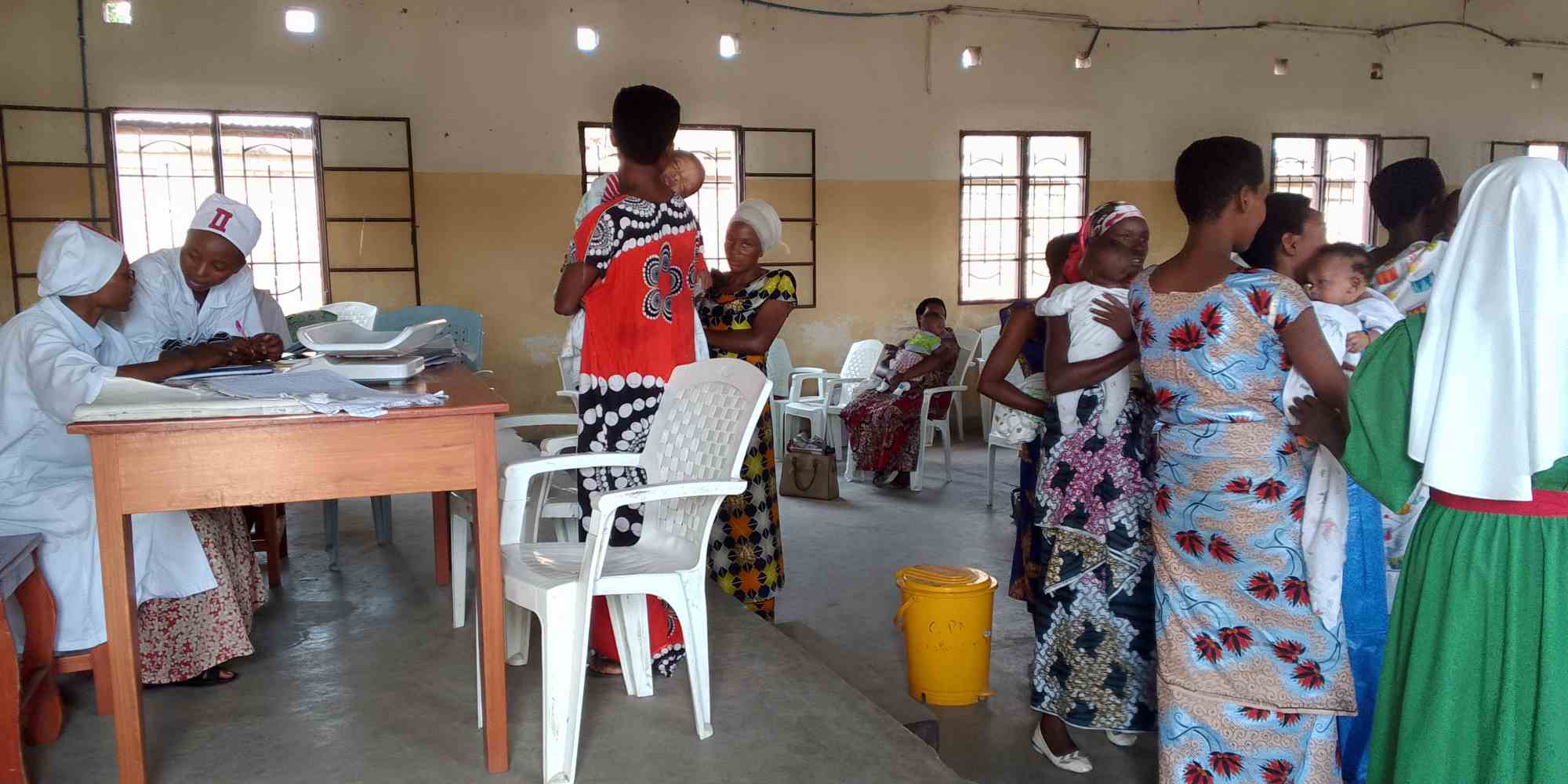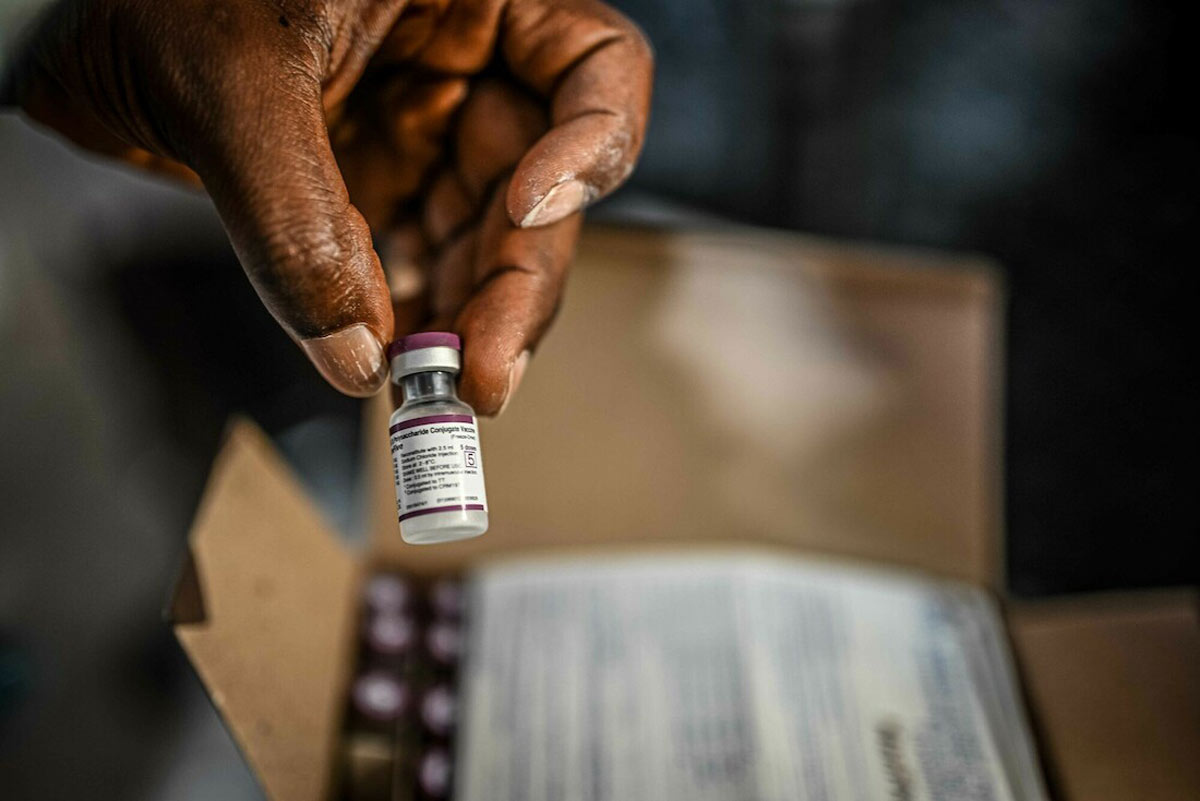Melissa Malhame, Head of Market Shaping, Gavi

A health worker prepares pentavalent vaccine in South Sudan. Photo: Gavi/ Mike Pflanz.
Gavi, the Vaccine Alliance was established for the new millennium. Our goal was to accelerate access to new and underused vaccines for children in the world’s poorest countries. We started with just two vaccines, yellow fever vaccine and the pentavalent or 5-in-1 vaccine which protects children against five diseases: whooping cough, diphtheria, tetanus, hepatitis B and Haemophilus influenzae type B.
At the time, vaccine markets for low income countries were not working. Characterized by lack of financing, low demand and therefore low supply, many prices were out of reach for the poorest countries. The result was that far too many children weren’t getting the protection they needed.
Over the past 15 years we’ve worked hard with our partners, particularly Bill & Melinda Gates Foundation and UNICEF Supply Division, to make life-saving pentavalent vaccines more accessible and affordable for lower income countries. These activities, grouped under the term “market shaping”, aim to ensure adequate and secure supply, reduce prices to an appropriate and sustainable level, and incentivize the development of suitable and quality vaccines in Gavi’s portfolio.
Market shaping intermediaries intervene in markets using tools that can include increasing information flow, tailored procurement strategies and using financial incentives to achieve our goals. And things have changed; there is now significant and sustainable supply and, thanks to Gavi support and lower prices, there’s also demand from all of the world’s 73 poorest countries.
It wasn’t easy, but we’ve learned useful lessons along the way:
1. Be prepared for anything
For the first five years or so, we only had one manufacturer of pentavalent vaccine. We gained three more in the late 2000s, and more subsequently. At the same time, demand was increasing steadily as new countries began using the vaccine. Security of supply is important for any vaccine, and for pentavalent this was especially true in the early years. We had growing demand, but supply was unstable – and not always in the ways we expected. Around 2010 we had major supply challenges mainly due to some vaccines being delisted by WHO, making them unavailable for procurement by UN agencies. These unforeseen issues required much resilience to ensure uninterrupted supply for all Gavi countries.
2. Change can take a long time
It’s taken a while to get to this point where supply is available from a diverse set of manufacturers and in sufficient quantity to meet demand. After nearly a decade of stable pricing while the market developed, the price available to Gavi countries has begun to decrease. The weighted average price per dose has decreased by 36% from $2.99 in 2010 to an expected $1.69 in 2015.
3. Supply is not one-dimensional
It’s not just about having enough vaccines at a low price. Market shaping also means encouraging innovation that facilitates vaccination programmes. For example, the volume occupied by a vaccine in the cold chain, the number of doses per vial (which affects wastage of vaccine) and the shelf-life of the vaccine are factors of importance to countries. We must therefore ensure that there is not only enough supply, but also that supply accommodates country preferences.
Pentavalent vaccine is now at the leading edge of the market shaping; we have a range of prequalified vaccines and a good variety of innovations to meet country needs. After a decade and a half, we have a better understanding of the challenges posed by vaccine markets. These insights will help us and our partners to improve supply for newer vaccines, such as those protecting against rotavirus or human papillomavirus (HPV).
The pentavalent story is after all part of a much bigger effort – steadily working towards a healthy vaccine market for all products, enabling us to save children’s lives and protect people’s health by increasing equitable use of vaccines in lower-income countries.
This post is part of the #MarketsMatter expert blog series. Read the full series here.






